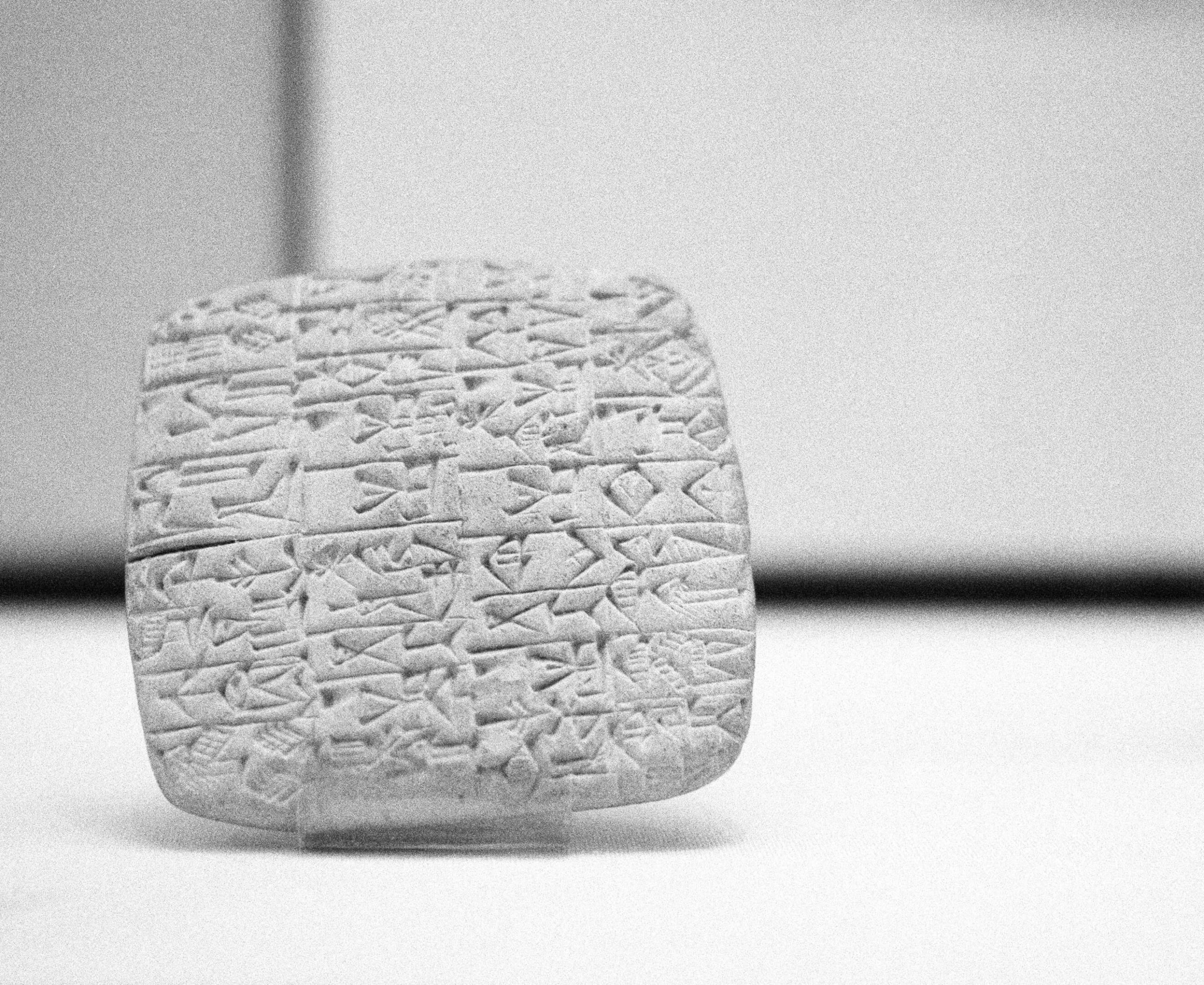
All the theoretical and field work of Anaëlle Vanel, from the Fort du Taureau, where the revolutionary communard August Blanqui was imprisoned as far as Warsaw, where the herbarium of Rosa Luxembourg is kept (to which she devoted herself until her murder) participate to express the gestures by which photography contributes to the preservation of history. These gestures have created an off-the-job laboratory on how to maintain, everywhere, fronts of disobedience of art and constantly confron [...]
All the theoretical and field work of Anaëlle Vanel, from the Fort du Taureau, where the revolutionary communard August Blanqui was imprisoned as far as Warsaw, where the herbarium of Rosa Luxembourg is kept (to which she devoted herself until her murder) participate to express the gestures by which photography contributes to the preservation of history. These gestures have created an off-the-job laboratory on how to maintain, everywhere, fronts of disobedience of art and constantly confronting a symbolic activity at the limits of its practical effectiveness. In this sense, when about Rosa Luxemburg, Anaëlle Vanel points out that each plant is an anchorage point removed from the instability of historical time, it appears as a lifting of a trauma, in the sense that power revolutionary thoughts become again affirmative, and are no longer confused with mourning, failure, or repression. To the question of repression and confinement, Anaëlle superimposes that of psychotherapy and language by writing. She went to Algeria several times and photographed the internal newspaper of the psychiatric hospital of St Alban, the hospital of Doctor Franz Fanon, who wrote the therapeutic role of the commitment. The Sumerian tablet is the act of selling a slave in the town of Shurrupak, 2600 BC, and it is the birth of writing. The child’s drawing of Claudine V. who says “Ideas hide my stone base” is what remains and can not be denied, and as the artist says, from which we can reconstruct.
Anaëlle Vanel (* 1991, Mende, lives and works in Berlin). His photographic work is based on the principle of rarity. Each photograph is the culmination of a sedimentation of experiences and stories. Each image is autonomous. The text, the second slope of his practice, is an off-field that digs photography. Photography proves to be the repository of a story it encloses. This is to preserve this story, the initial mystery of the encounter, not to damage the object photographed. The lighting is not destroyed: the object is not exposed. So, what you see is never all there is to see. Graduated from ENSBA Lyon in 2014, her works have been presented in France and abroad in collective exhibitions, notably at Villa Medicis, Rome; at the Museum of Modern and Contemporary Art, Saint Etienne; Kunsthalle der Sparkasse, Leipzig.